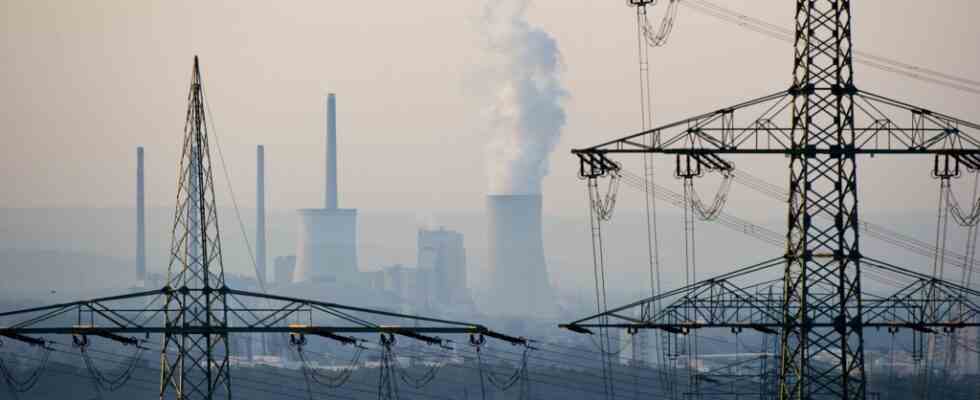Status: 19.10.2022 2:45 p.m
This year, the increase in CO2 emissions is likely to be significantly lower than in 2021. The main reasons for this are the expansion of renewables and the greater use of electric vehicles.
This year, the global increase in CO2 emissions is likely to be significantly lower than last year. While global demand for coal has increased, the expansion of renewable energy and electric vehicles is outweighing demand for coal. Global carbon emissions from burning fossil fuels are therefore expected to increase by just under 1 percent this year, according to a report by the International Energy Agency (IEA) released today.
CO2 emissions will increase this year by almost 300 million tons to 33.8 billion tons. That’s a far smaller increase than the nearly two billion tonne jump in 2021, the agency said. According to the IEA, without the use of emission-free technologies and e-cars, the increase in CO2 emissions would be more than three times as high as now forecast.
Coal increase only temporary?
The increase this year can be attributed to power generation and air traffic, which has recovered since the coronavirus crisis bottomed out. That increase could have been much larger, possibly as much as a billion tons, as coal demand has skyrocketed in many countries due to higher gas prices from the war in Ukraine. The use of renewable energy and electric vehicles has curbed the increase in emissions.
“The global energy crisis triggered by Russia’s invasion of Ukraine has prompted many countries to look to other energy sources to replace gas supplies that Russia is holding back,” said IEA Executive Director Fatih Birol. “The encouraging news is that solar and wind power are filling much of the gap, while the increase in coal appears to be relatively small and temporary,” he added. That means CO2 emissions are growing far less rapidly this year than some feared, Birol said.
Without renewables 600 million tons more CO2
According to the IEA report, solar and wind power led to an increase in global renewable electricity generation of more than 700 terawatt hours (TWh) this year, the largest annual increase on record. Without this increase, global CO2 emissions this year would have been more than 600 million tons higher.
Despite droughts in several regions, global hydropower production has increased year-on-year, contributing to more than a fifth of expected renewable energy growth.
According to the IEA, power generation from wind and solar energy is growing faster than any other energy source. Coal is expected to follow in second place this year. CO2 emissions from coal-fired power generation are expected to increase by 2 percent, or 200 million tons, in 2022, led by increases in Asia.
CO2 reduction in EU despite higher coal consumption
In contrast, the European Union’s CO2 emissions are expected to fall this year, despite higher coal emissions. The increase in coal consumption in Europe is expected to be temporary as a strong pipeline of new renewable energy projects with around 50 gigawatts of additional capacity is forecast for next year.
In China, CO2 emissions are expected to remain flat in 2022 due to weaker economic growth, the impact of drought on hydroelectric power, and deployment of solar and wind power.

